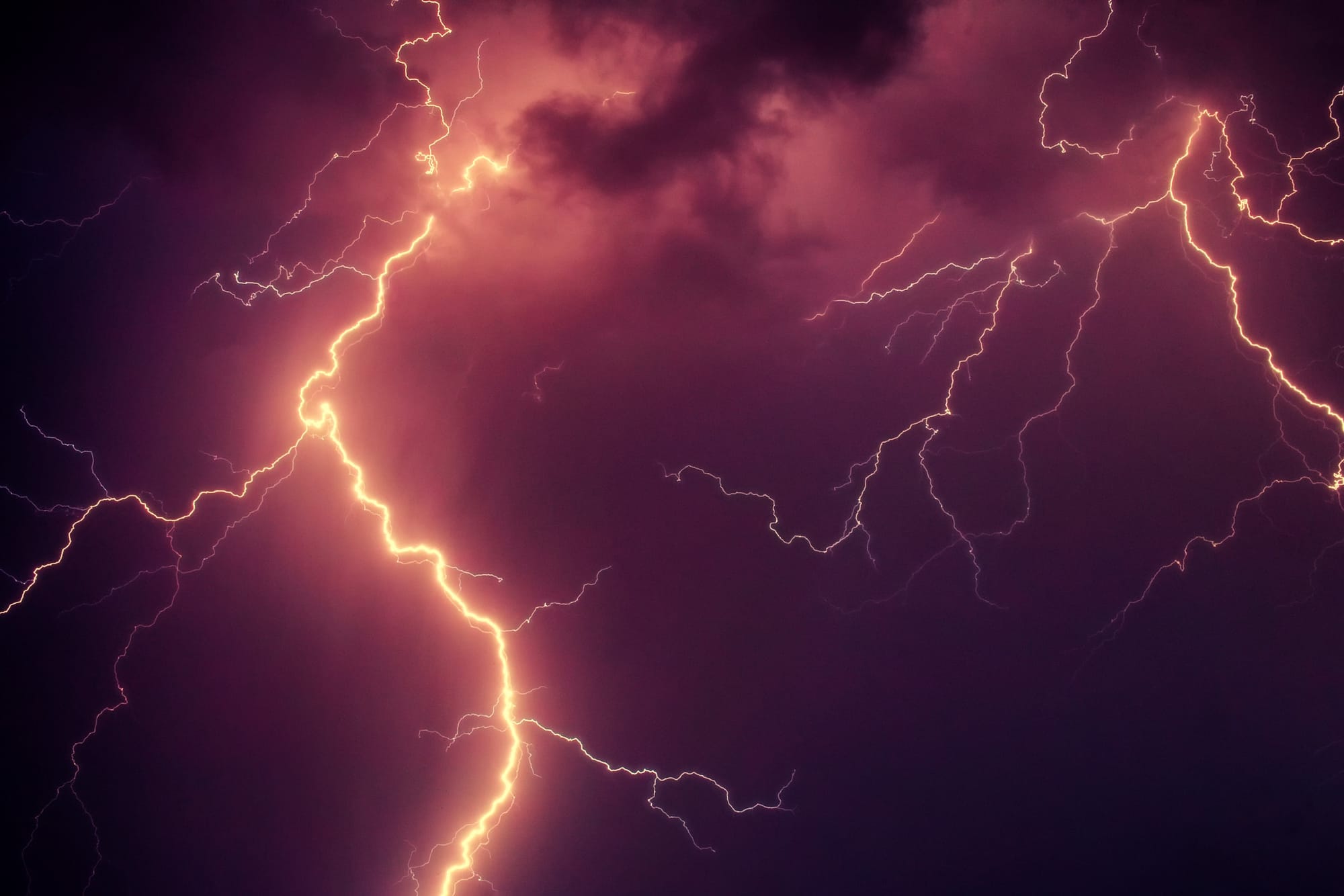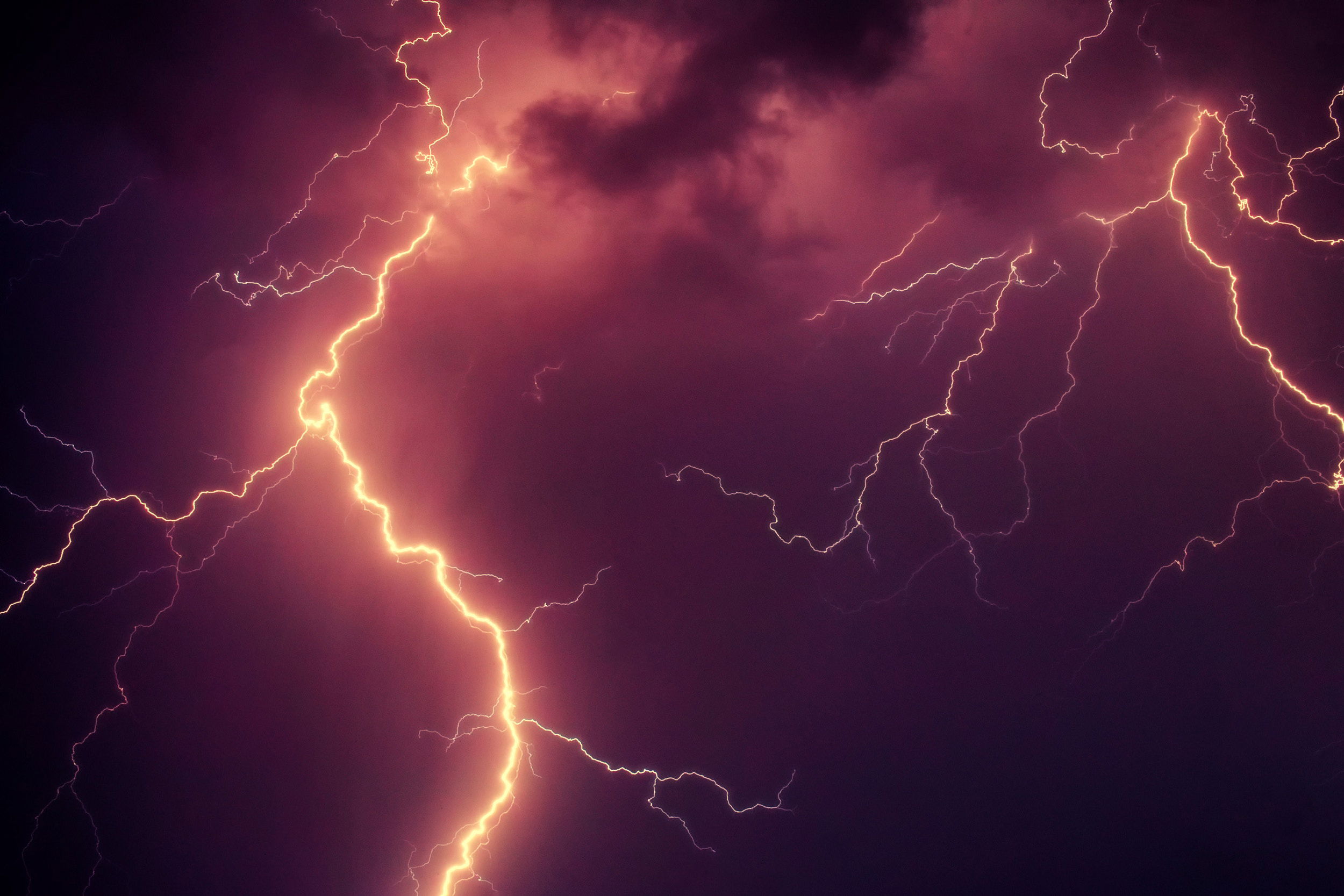Lightning Protection Basics for the HF Station


By Walt Mahoney, KC1DON
With spring (hopefully) just around the corner, late winter is a great time to evaluate our station lightning protection arrangements prior to lightning season. This short article is not a comprehensive review of the subject, but does suggest some basic protective measures we can all take. The suggestions are based on my experiences as an AM broadcast engineer, and later in my career with industrial plant control systems. Two comprehensive resources are Grounding and Bonding for the Radio Amateur (2nd Ed., ARRL), and a three-part series, "Lightning Protection for the Amateur Radio Station," by Ron Block, KB2UYT (now NR2B), which was published in the June, July, and August 2002 issues of QST. The later articles are available for free online at http://www.arrl.org/lightning-protection. A good explanation of lightning can be found at https://www.nssl.noaa.gov/education/svrwx101/lightning/
Lightning as a natural phenomenon is usually (~90% of the time) a downward negative electric discharge, with the earth as the anode. The length of the discharge is usually 1 second or less, and the potential can vary between 40 and 120 kV. Once the arc is established, the rise time to peak current is about 0.3 seconds, during which time the peak current flow can be from 5 to over 200 kA. If we consider the time integral of the lightning current over the entire flash duration, the energy released is something on the order of 10 billion watts. The key takeaway with this amount of energy is, we don't need to take a direct hit to cause harm to people or damage equipment. A lightning strike will induce hazardous voltages in nearby conductors through induction or via any reasonably conductive material.
I am assuming that nobody will be operating their station when lightning is anywhere in the vicinity, and all equipment is de-energized and grounded per recommendations in the ARRL Handbook. Even in this condition, the two routes that damaging amounts of energy can be coupled to a transceiver are via the power supply and the antenna connections, with the antenna connection being far more vulnerable. These two routes require different protection strategies.
On the power input side, obviously the best protection is to unplug the power supply from the branch circuit. I realize this isn't a practical solution for everyone, and we may not even be at our operating location when the storm arrives. The next best thing in this case is to use a quality surge protected power strip having an on/off switch. The quality and effectiveness of these surge protective devices (SPDs) vary greatly, and as always one "gets what they paid for." I recommend the Tripp Lite "Isobar" power strips.
Look for units that are circuit breaker protected and provide a minimum of 900 joule protection, and be aware that some imported power strips offer zero surge protection beyond a simple fuse. Our most common transceiver configuration now uses an outboard 14 V dc power supply. Obtain a broadband ferrite ring and wind as many turns as can comfortably fit of the dc transceiver cable through the ferrite. It's important to wind the positive and negative conductors together, and locate the ferrite as close as possible to the transceiver.
Protecting the antenna connection is a little more challenging. As a kid I would unscrew the feed line PL-259 and stick it in a pickle jar, which sort of worked. In modern times we have coax antenna switches, and it goes without saying your transceiver should always be switched to a dummy load of an appropriate power rating when not in use. The dummy load is highly recommended to avoid transmitting into an open circuit when one inevitably forgets to throw the switch. Some switch manufacturers such as Alpha-Delta and Daiwa also incorporate gas discharge tube (GDT) surge protection. Look for a switch that grounds all unused connections, and be sure to ground the switch body itself. 450-ohm ladder line can be protected by old-time knife switches, which are getting scarce. The second step is to add a GDT- type lighting arrestor which will shunt current to ground when the gas ionizes at a given voltage. As with SPDs, not all GDT arrestors are suitable for amateur use. Ideally, we want a device having a low let-through energy and minimal insertion losses. As part of my professional work with industrial radio modems, I found the Polyphaser IS-NEMP series offers the happy combination of low VSWR from 1.8 MHz through low-band VHF and a very fast-acting GDT. The housing and connectors are built to mil-spec standards. Again, there are less expensive arrestors of dubious provenance available through online sources. I caution some of these will demonstrate much greater VSWR than is advertised.